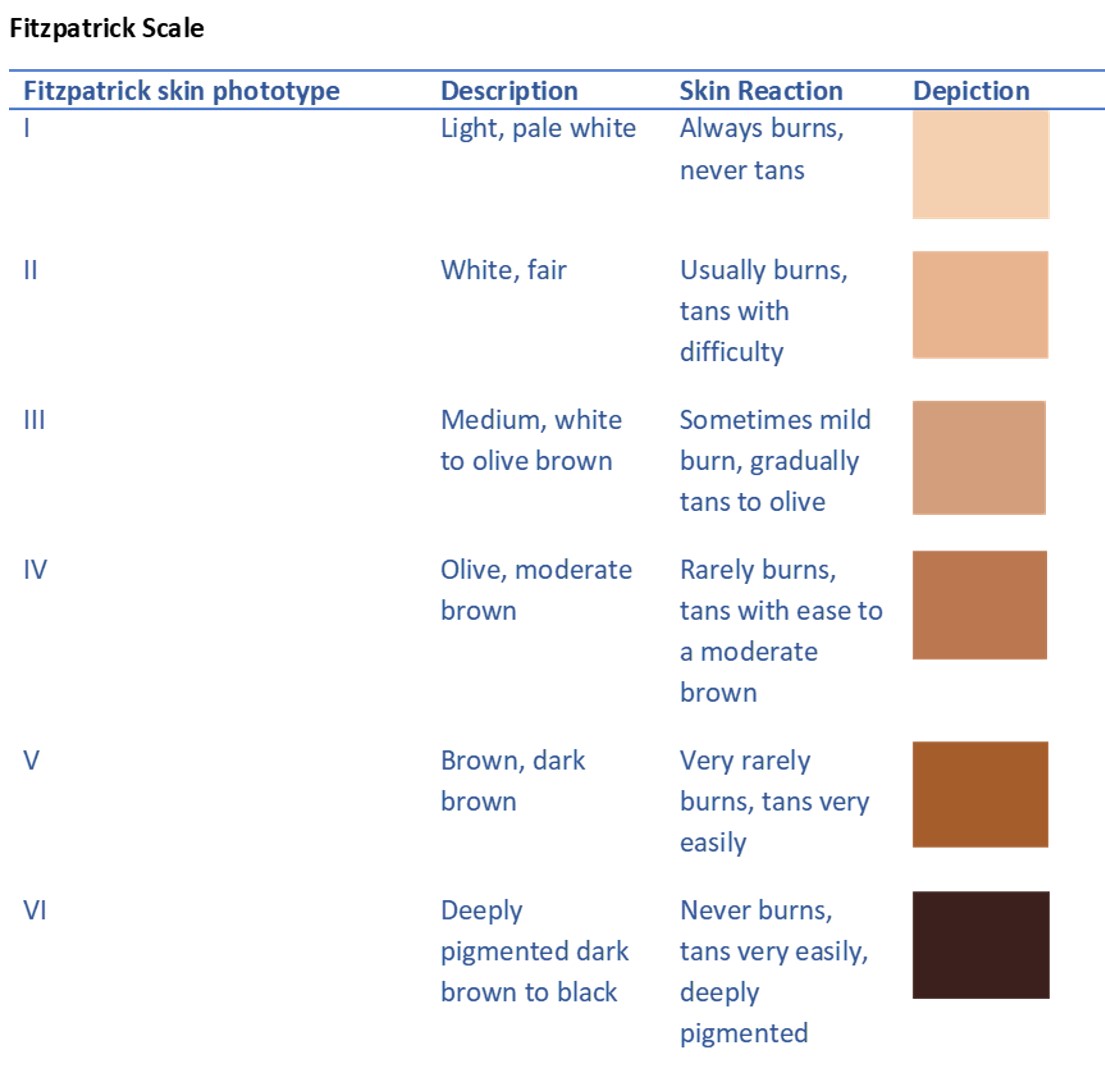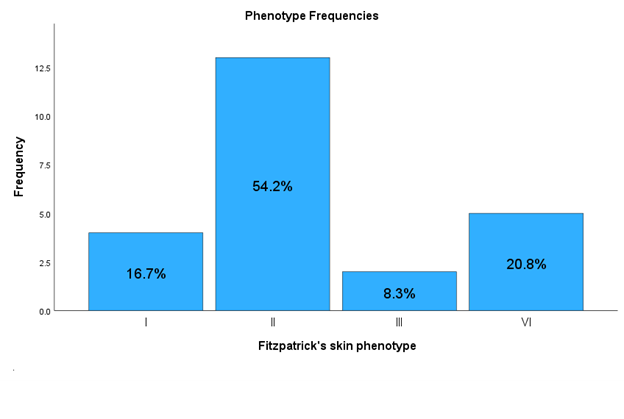Health Equity/Social Determinants of Health 2
Session: Health Equity/Social Determinants of Health 2
420 - Melanin: Going More Than Skin Deep
Saturday, April 26, 2025
2:30pm - 4:45pm HST
Publication Number: 420.5658
Stephanie R.R.. Diggs, Washington University in St. Louis School of Medicine, Saint Louis, MO, United States; Zachary A. Vesoulis, Washington University in St. Louis School of Medicine, St. Louis, MO, United States

Stephanie R.R Diggs, MD (she/her/hers)
Instructor
Washington University in St. Louis School of Medicine
Saint Louis, Missouri, United States
Presenting Author(s)
Background: Race-based disparities in medical device performance, particularly pulse oximeters, contribute to unrecognized hypoxia and potentially increased risk mortality in racial or ethnic minority patients. Interference in light absorption by melanin is the likely mechanism behind the inaccuracy, however efforts to assess skin pigmentation have called the accuracy of subjective scales into question (such as the Fitzpatrick scale) and highlighted the need for objective quantification. Limited adult data demonstrate a linear correlation between increasing melanin concentration and higher Fitzpatrick Scale values (Figure 1), but no studies have been performed in neonates, who have a significantly lower melanin concentration than adults and older children.
Objective: To validate the subjective Fitzpatrick scale against a quantitative measure of melanin concentration in neonates.
Design/Methods: Infants were prospectively enrolled in a 24-hour NICU monitoring study. Inclusion criteria were a birth weight < 5000g, the presence of an arterial line, and continuous SpO2 monitoring. Infants were excluded if they were undergoing phototherapy. All enrolled infants underwent subjective skin pigmentation classification using the Fitzpatrick scale by a trained observer and quantitative classification using a three-wavelength (568nm, 660nm, 870nm) reflectance spectrophotometer (Mexameter MX18, C+K electronic, Köln, Germany). Assessments were made at the beginning and end of the monitoring period for each infant using the skin overlying the forehead. Each assessment yielded a subjective Fitzpatrick skin type, and quantitative values for melanin and erythema. Quantitative values were analyzed using the Nonparametric Kruskal-Wallis test.
Results: 24 infants were included; 19(79.2%) were White and 5(20.8%) were Black with a median GA of 32.5 weeks (range 25-38). Infants primarily classified as Fitzpatrick type II or VI (Figure 2). There was no significant difference between erythema concentrations and Fitzpatrick skin types at either assessment time point. There was a statistically significant relationship in melanin concentrations and Fitzpatrick Skin Types (p=0.030) (Figure 3).
Conclusion(s): The data in this pilot study suggest a non-linear relationship between subjective Fitzpatrick skin types and melanin concentration in neonates, with statistically greater melanin concentrations found only in skin Type IV. This finding supports concerns about the inaccuracy of subjective skin pigmentation scales in the neonatal population and highlights the necessity of quantitative assessment in future studies.
Fitzpatrick Scale
 Figure 1. Fitzpatrick scale: A subjective scale outlining the associated skin appearance descriptions and reactions to sun exposure for each subgroup skin phototype I-VI.
Figure 1. Fitzpatrick scale: A subjective scale outlining the associated skin appearance descriptions and reactions to sun exposure for each subgroup skin phototype I-VI.Phenotype Frequencies
 Figure 2. Fitzpatrick skin phenotype frequencies. Of note, no infants were categorized as having type IV or type V skin phenotypes.
Figure 2. Fitzpatrick skin phenotype frequencies. Of note, no infants were categorized as having type IV or type V skin phenotypes. Melanin-Fitzpatrick's Boxplot Distribution
.png) Figure 3. Distribution of melanin concentration for the Fitzpatrick skin phenotypes. Of note, no infants were categorized as having type IV or type V skin phenotypes.
Figure 3. Distribution of melanin concentration for the Fitzpatrick skin phenotypes. Of note, no infants were categorized as having type IV or type V skin phenotypes. Fitzpatrick Scale
 Figure 1. Fitzpatrick scale: A subjective scale outlining the associated skin appearance descriptions and reactions to sun exposure for each subgroup skin phototype I-VI.
Figure 1. Fitzpatrick scale: A subjective scale outlining the associated skin appearance descriptions and reactions to sun exposure for each subgroup skin phototype I-VI.Phenotype Frequencies
 Figure 2. Fitzpatrick skin phenotype frequencies. Of note, no infants were categorized as having type IV or type V skin phenotypes.
Figure 2. Fitzpatrick skin phenotype frequencies. Of note, no infants were categorized as having type IV or type V skin phenotypes. Melanin-Fitzpatrick's Boxplot Distribution
.png) Figure 3. Distribution of melanin concentration for the Fitzpatrick skin phenotypes. Of note, no infants were categorized as having type IV or type V skin phenotypes.
Figure 3. Distribution of melanin concentration for the Fitzpatrick skin phenotypes. Of note, no infants were categorized as having type IV or type V skin phenotypes. 
